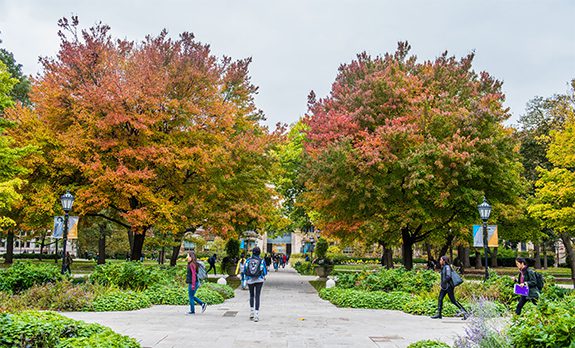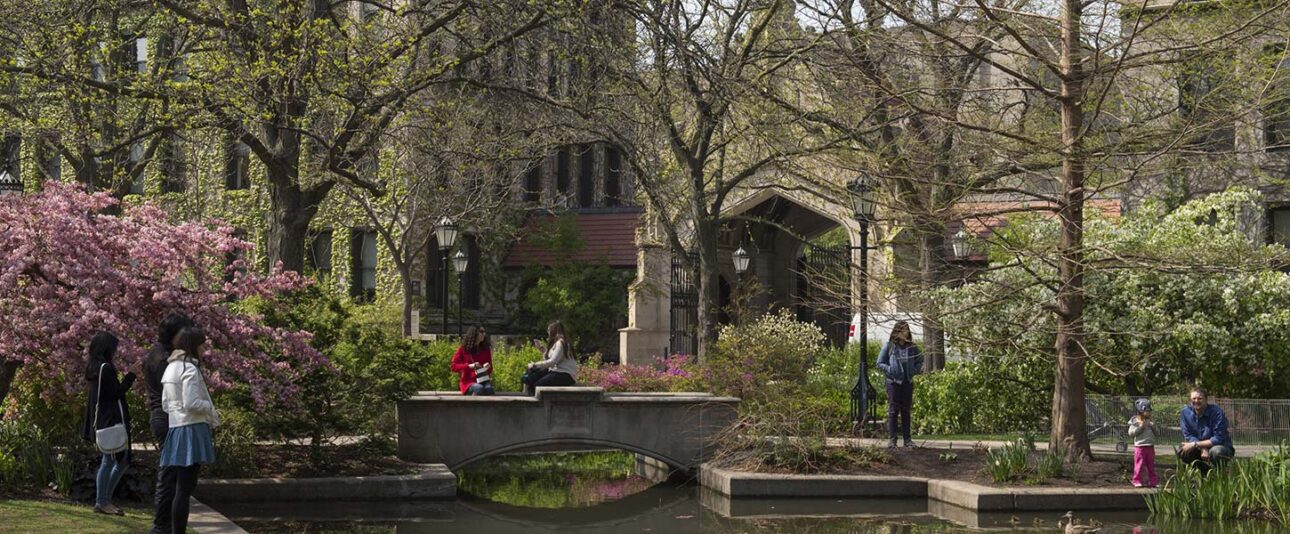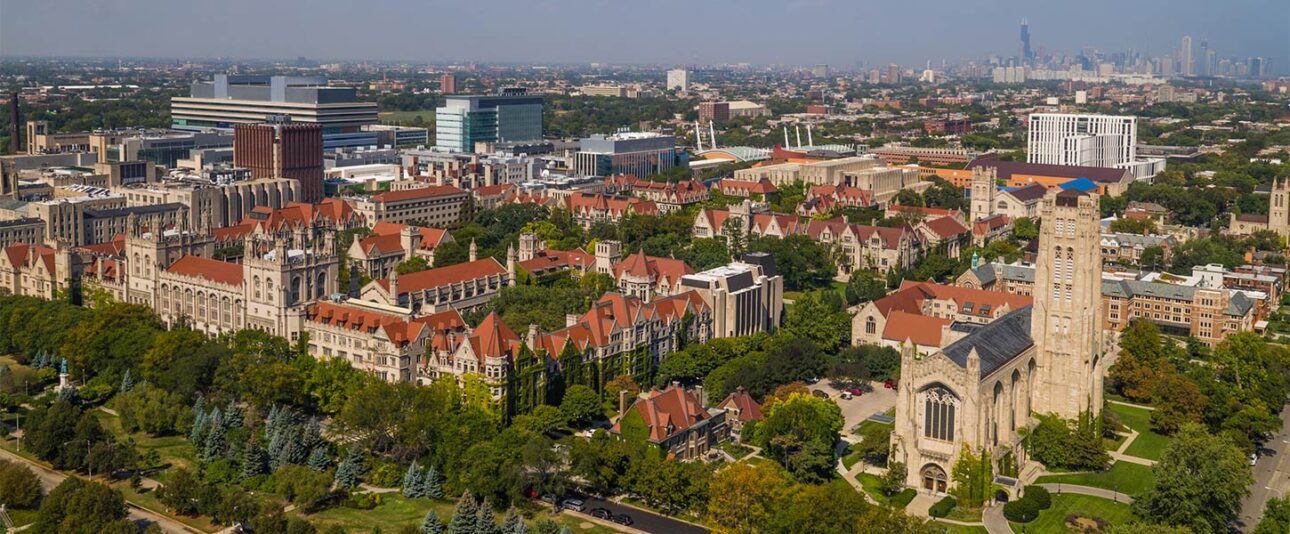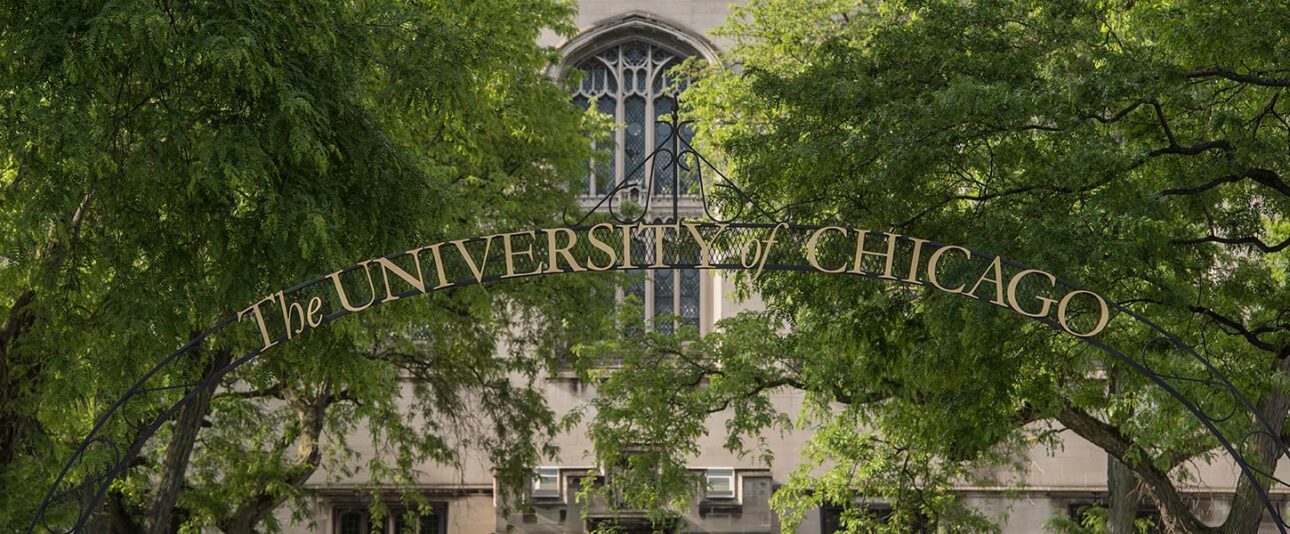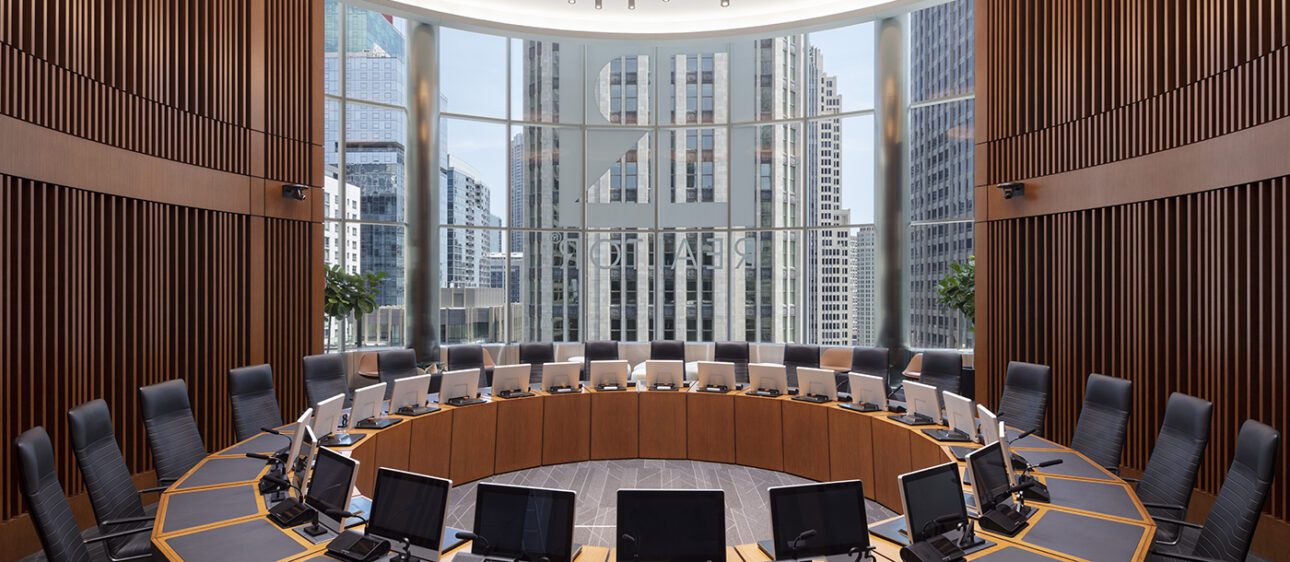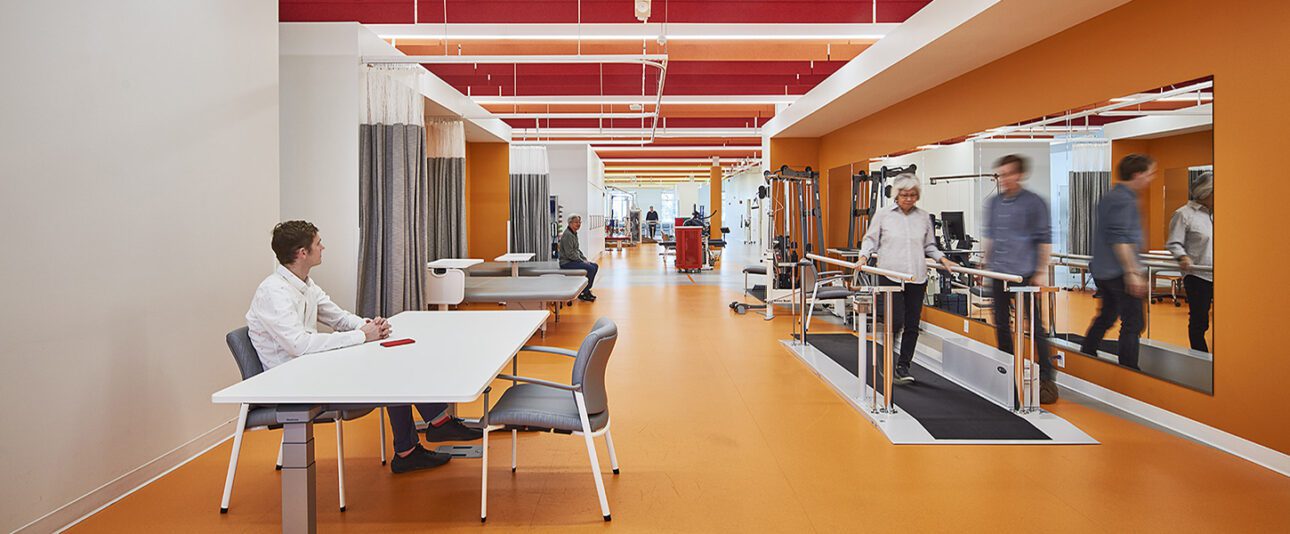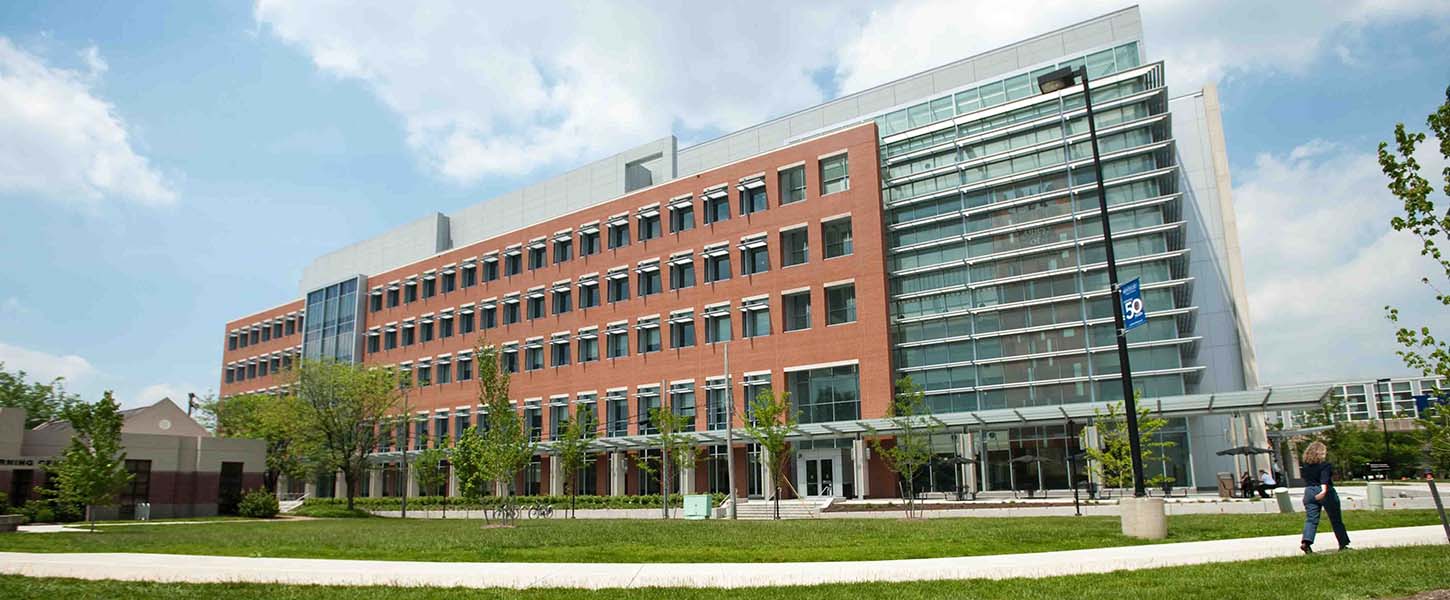To help the university meet its 2025 greenhouse gas emissions goals, the GBA team analyzed the university’s existing Sustainability Plan and greenhouse gas emissions inventory and also considered other information, such as campus growth potential, building energy usage, and previously completed energy efficiency projects. GBA then recommended strategies focused primarily on reducing energy use of specific buildings and utility plants.
GBA’s marketing staff also prepared illustrated reports and a PowerPoint presentation for the university’s use in explaining and promoting the plan to stakeholders and the public.
A retro-commissioning process called PM+Cx (preventative maintenance and commissioning) is expected to contribute about 37% of needed Scope 1 and Scope 2 emissions reductions through 2025. This process identifies HVAC operational issues; documents existing equipment and control sequences; identifies energy optimization opportunities; implements selected facility improvement measures; and monitors performance for persistent energy savings. A schedule targeting the highest energy-consuming buildings was developed.
Also expected to reduce emissions are central utility plant upgrades (29% of total reductions); building-level capital energy efficiency projects such as converting constant-volume air-handling units to variable volume (10%); lighting upgrades (2%); and off-site renewable energy purchases (22%). The plan also offered strategies for offsetting Scope 3 emissions, caused by activities such as business travel.
The university is proceeding with plan implementation, scheduling six to seven buildings for PM+Cx annually and moving forward with other recommended strategies. Initial results were so promising that the university has amended its GHG reduction goal to 50% of the 2017 baseline by 2030.
Photos: University of Chicago
